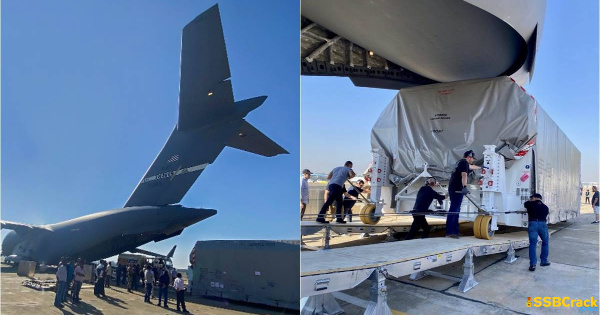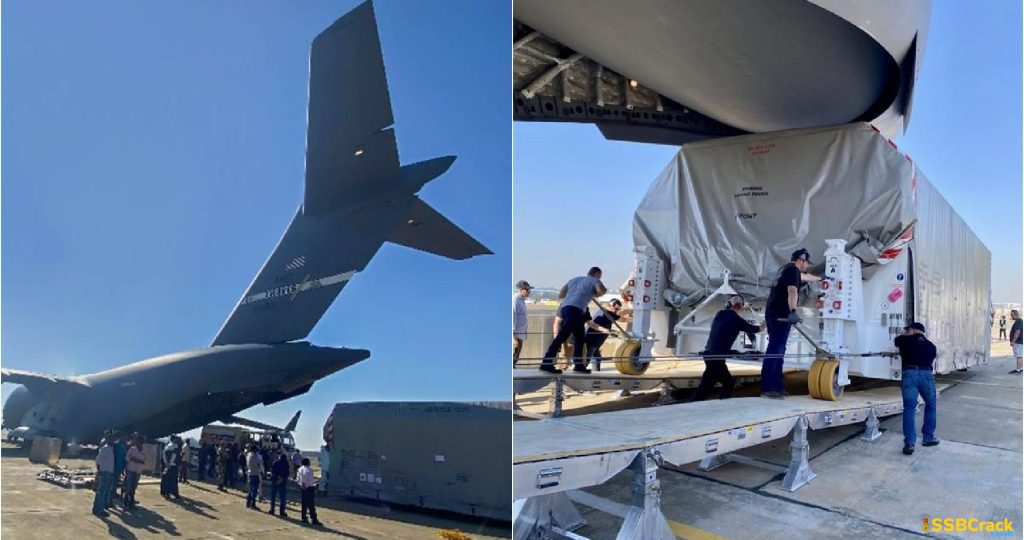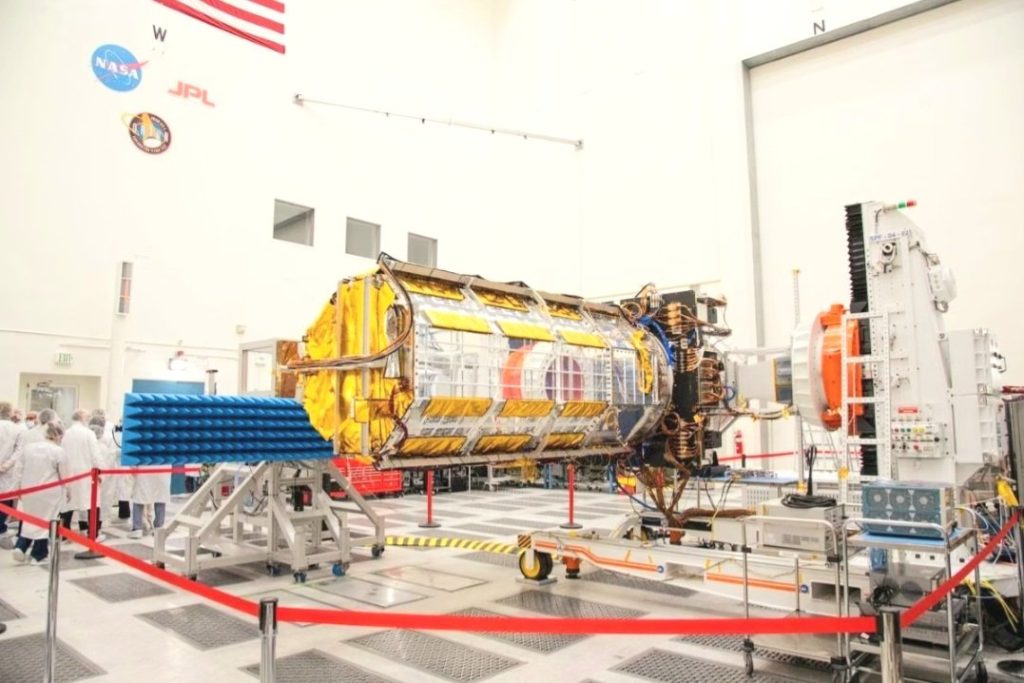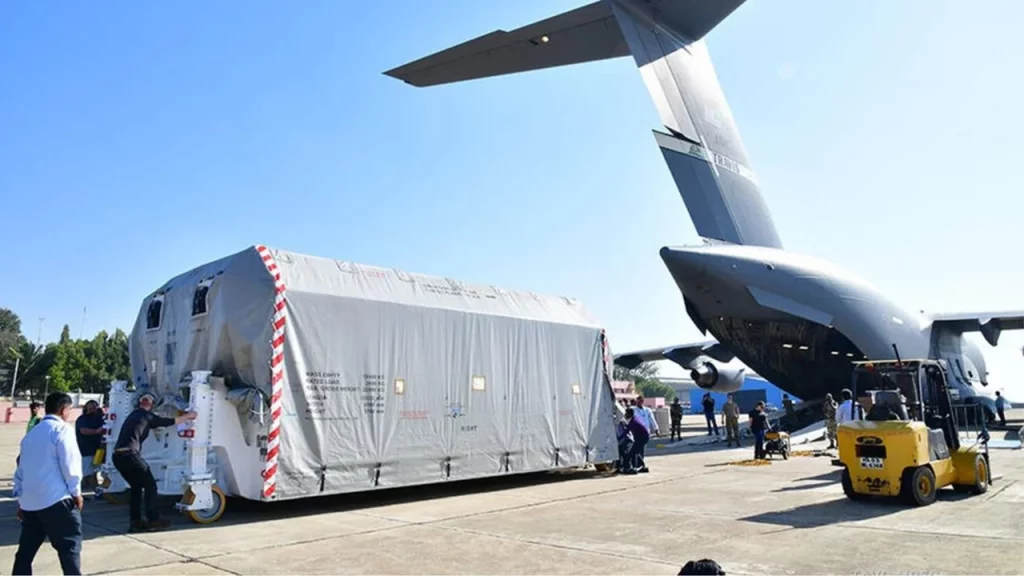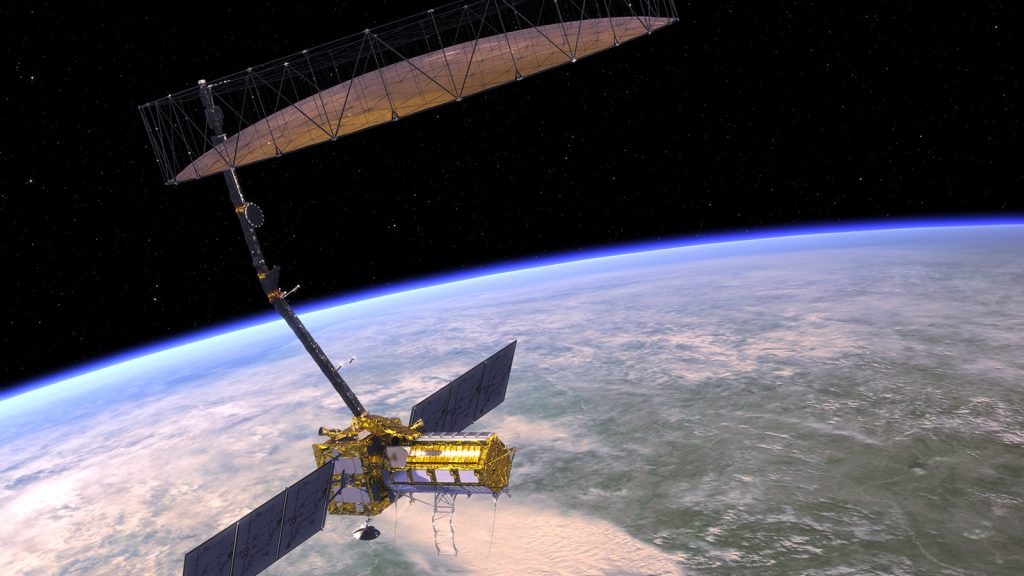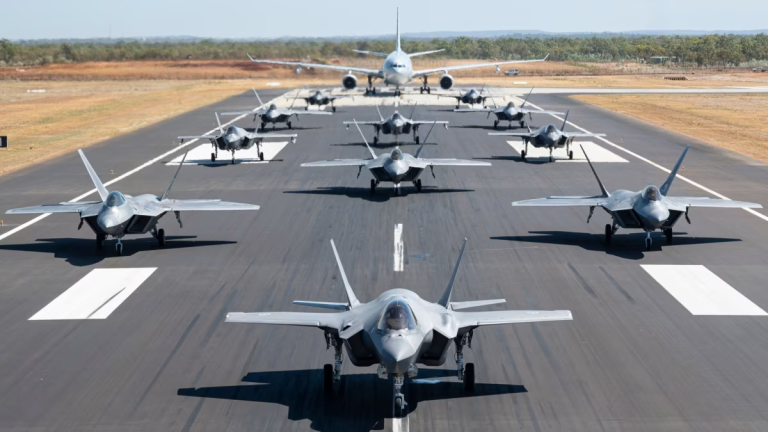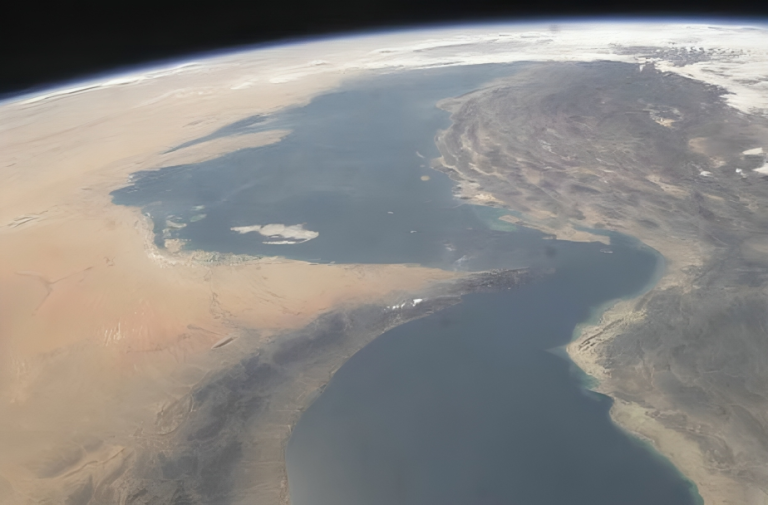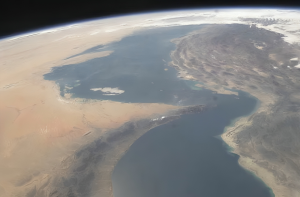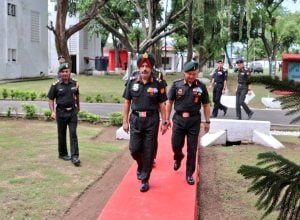A US Air Force C-17 aircraft landed in Bangalore on Wednesday and handed over the NASA-ISRO Synthetic Aperture Radar (NISAR) NISAR to the Indian space agency, marking a watershed moment in US-India space collaboration relations.
About NISAR
The National Aeronautics and Space Administration (NASA) and the Indian Space Research Organization are working together to develop NISAR, an Earth-observation satellite (ISRO).
NISAR was conceived of by NASA and ISRO eight years ago in 2014 as a powerful demonstration of radar’s capability as a science tool that would allow us to study Earth’s dynamic land and ice surfaces in greater detail than ever before. It is scheduled to launch into a near-polar orbit from Satish Dhawan Space Centre in January 2024. The satellite will be operational for at least three years. It is an LEO (Low Earth Orbit) observatory. In 12 days, NISAR will map the entire globe.
Also read: Full List Of Indian Satellites, Launch Vehicles, Spacecrafts, And Dates [UPDATED]
NISAR will be the first space-based radar of its kind to systematically map Earth, measuring changes in our planet’s surface less than a centimeter across using two different radar frequencies (L-band and S-band). NISAR will provide a wealth of data and information about changes to the Earth’s surface, natural hazards, and ecosystem disturbances, advancing our understanding of Earth system processes and climate change.
The mission will provide critical data to aid in the management of natural disasters such as earthquakes, tsunamis, and volcanic eruptions, allowing for faster response times and better risk assessments. By providing information on crop growth, soil moisture, and land-use changes, NISAR data will be used to improve agricultural management and food security.
Significance of the Mission
The mission will collect data for infrastructure monitoring and management, such as oil spill monitoring, urbanization, and deforestation. NISAR will aid in the monitoring and understanding of climate change’s effects on the Earth’s land surface, such as melting glaciers, sea-level rise, and changes in carbon storage.
Also read: Military Ties Between India And USA: SSB Interview Topic [Fully Explained]
To crack the SSB Interview, You can join our SSB interview live classes batch and we recommend you to Enroll SSB INTERVIEW ONLINE COURSE. Trusted by thousands of defence aspirants.


